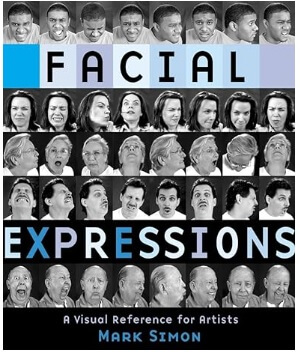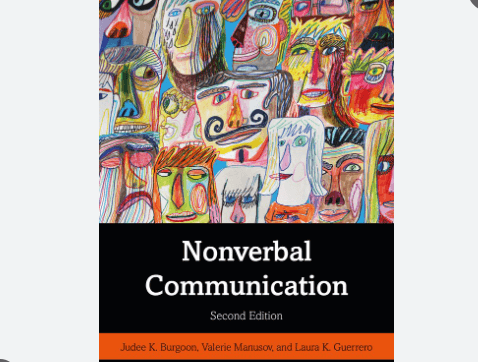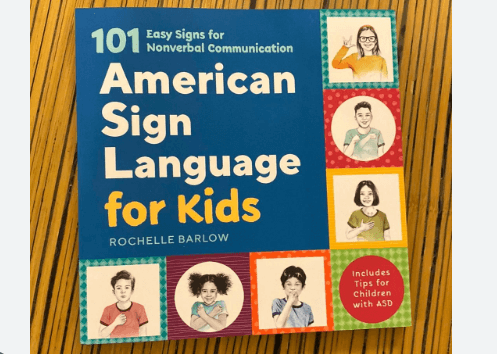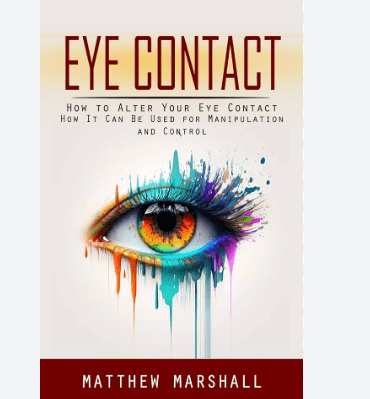Contraction

- Article graphics | Credit SkypEnglish4UOpens in new window
What is Contraction?
Contraction means ‘shrinking’ or ‘making smaller’. In English, a word which has been produced by simply shrinking or leaving out a few letters or morphemeOpens in new window from a longer word or sequence of several words is known as contraction. An apostrophe (’) is used to show where the missing letters have been left out.
The most commonly used contractions in English, paired with their normal forms, are shown in the chart below:
| Commonly Used Contractions | |||
|---|---|---|---|
| Contracted Form | Normal Form | Contracted Form | Normal Form |
| I’m | I am | You’re | You are |
| We’re | We are | They’re | They are |
| I’ll | I will | You’ll | You will |
| I’d | I had,or I would | We’d | We would,or We had |
| It’s | It is | Can’t | Cannot |
| Could’ve | Could have | Couldn’t | Could not |
| Don’t | Do not | He/She’s | He/She is, or He/she has |
| Should’ve | Should have | He/She'll | He/She will, or He/She would |
| Shouldn’t | Should not | Would’ve | Would have |
| Wouldn’t | Would not | Weren’t | Were not |
| Won’t | Will not | You’re | You are |
| We’ve | We have | They’ve | They have |
| You’d | You would | They’ll | They will |
| Important Hint! |
|---|
Note that not all English forms with an apostrophe are contractions. The possessive forms such as Gretchen’s, Fortune’s and the Johnson’s should not be mistaken for contractions, because they have not been shortened from any group of words or anything of like nature. However, the instances of –’s in forms spelt identically, as in Gift’s here eventually or Fortune’s found the missing piece are contractions, of is and has, respectively. |
Guidelines of Contractions
Contractions share certain similarities with the minor parts of speech or function word, such as auxiliariesOpens in new window and pronounsOpens in new window. They rarely share similarities with the major parts of speechOpens in new window or content words, such as nounsOpens in new window, main verbsOpens in new window and adjectivesOpens in new window.
For example, forms of the verb have used as auxiliaries, as in Karl has eaten and They have vacated can take the contraction forms: Karl’s eaten and They’ve vacated.
But the same forms used as main verbs, as Fortune has the missing piece and They have giant strikers cannot (in most dialects) be contracted, as in the hypothetical *Fortune’s the missing piece and *They’ve giant strikers. (This last example is more acceptable than the former, however.)
If in some contexts, a word from a content word or major part of speech, such as a noun, main verb or adjective is involved in a contraction; this can be a sign that the particular word is changing its status and becoming more like a word from a minor part of speech. Thus, in some (mainly American) dialects the contraction of want to to wanna and going to to gonna is a sign that want (to) and going (to) are becoming more like auxiliariesOpens in new window.
Important also to note is that English is structured around some quite intricate rules in its possibilities to take contracted forms. For example, only the first is can be contracted in Karl is brilliant, and Beth is too. Likewise only the first has in Mensah has scored more goals than Rodwell has can be contracted.
The rule here seems to mean that a contraction is not allowed immediately before a missing but understood word or phraseOpens in new window, like the understood final brilliant in the first sentence, or the understood final scored in the second. Somehow the full weight of the uncontracted form tends to be needed to fill the space left by the omitted words.
In principles (speaking in terms of standard English), contractions generally don’t pile up on each other. Thus she is not can be contracted to either she isn’t or she’s not, but not to *she’sn’t. And of them can be contracted to either o’them or of’em, but not *o’em. The reason may often be the relative un–pronounceability of a double contraction, in which unusual sequences of vowelsOpens in new window or consonantsOpens in new window are brought together.
























